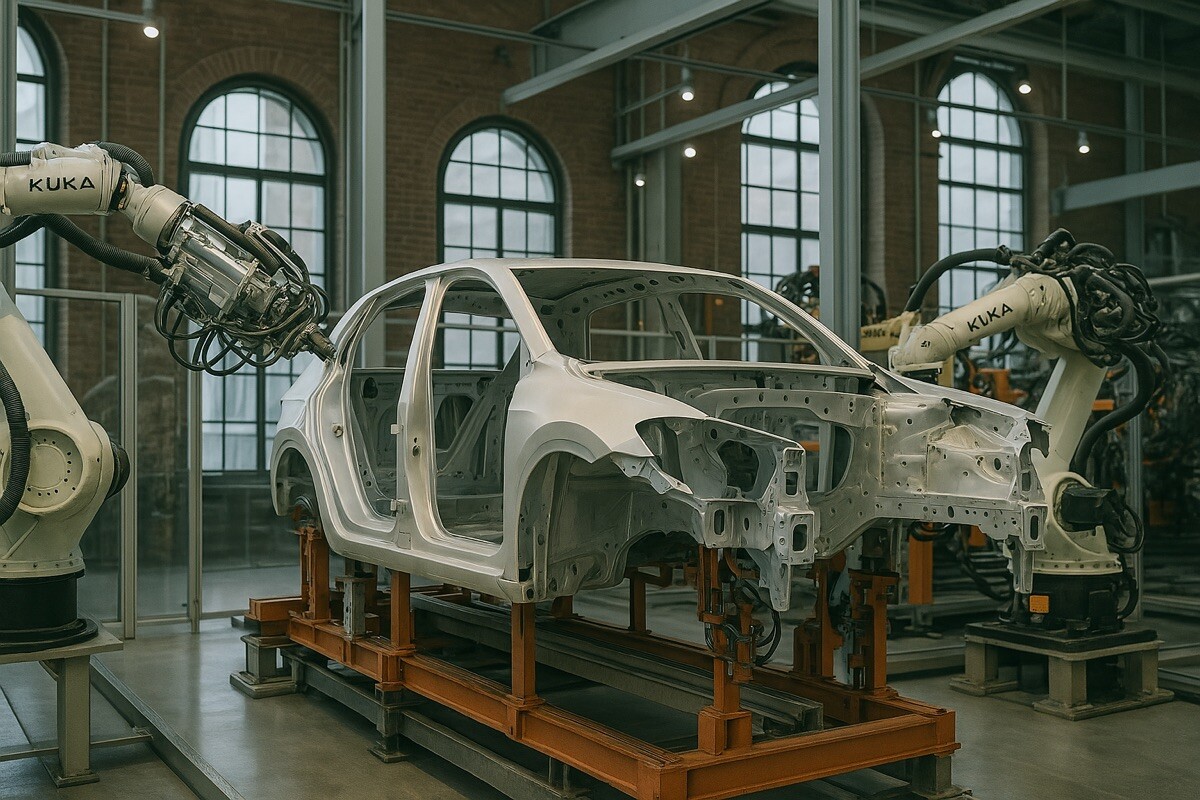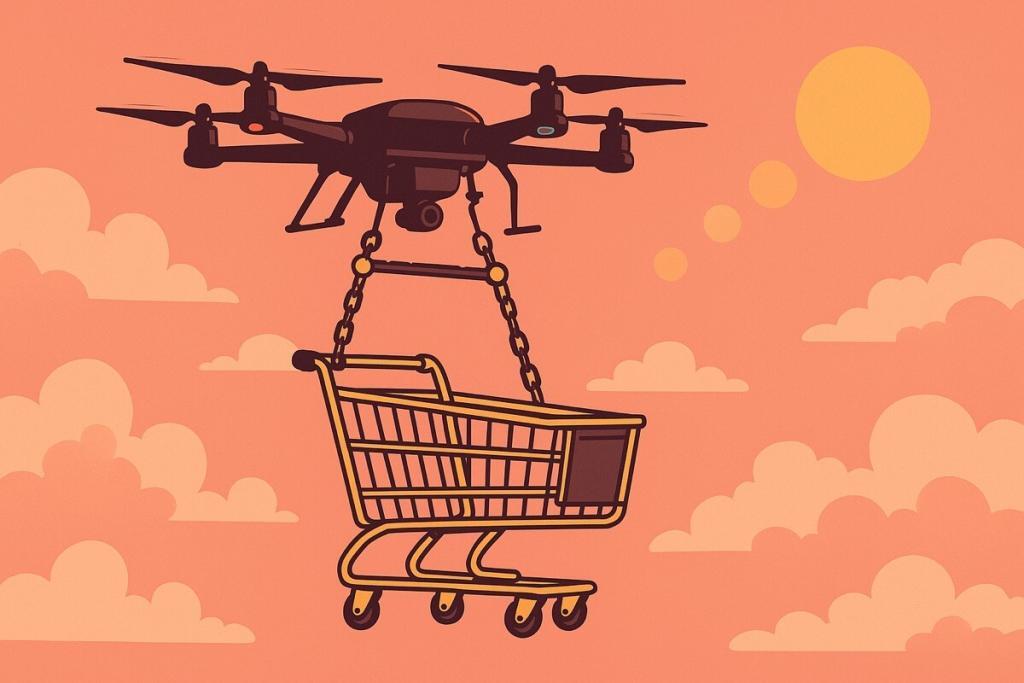
The Rise of Autonomous Technology in Everyday Operations
Technological evolution rarely follows a linear path. Instead, it accelerates in bursts, fundamentally altering how we work and live.
We’re currently experiencing such a transformation with the rapid advancement of autonomous technologies across multiple sectors. The expanding field of AI agents development has created systems that can perceive, decide, and act with minimal human intervention, revolutionizing operations that once required constant human oversight.
In this article, we’ll examine how autonomous systems are reshaping everyday operations, the challenges they present, and what the future might hold as these technologies become increasingly integrated into our daily lives.
The Current State of Autonomous Technology
Autonomous technology refers to systems that can perform tasks independently, making decisions based on environmental data without direct human input. While completely self-governing systems remain rare outside controlled environments, semi-autonomous technologies have already infiltrated numerous aspects of our lives.
The most visible manifestations exist in manufacturing, where robots handle everything from component assembly to quality control. In logistics, autonomous vehicles navigate warehouses, sorting and delivering packages with remarkable precision. Even in office environments, software robots now handle repetitive tasks like data entry, report generation, and fundamental customer service interactions.
What makes the current wave of autonomous systems unique is their adaptability. Unlike previous generations of automation that executed fixed routines, today’s systems learn from experience, adjust to changing conditions, and even anticipate needs before they arise.
Key Industries Transformed by Autonomous Systems
Autonomous technologies aren’t impacting all sectors equally. Some industries have emerged as early adopters, leveraging these innovations to solve longstanding operational challenges and create new competitive advantages.
These pioneering sectors offer a window into how autonomous systems might eventually transform broader business operations and consumer experiences. Let’s take a look at them.
Manufacturing and Production
Manufacturing has experienced the most dramatic transformation from autonomous technology. Modern factories employ collaborative robots (cobots) that work alongside human employees, handling dangerous or repetitive tasks while learning new capabilities through demonstration rather than complex programming.
Smart manufacturing systems now autonomously monitor production quality, predict maintenance needs, and adjust operations in real-time to maximize efficiency. The result has been not just cost reduction but significant improvements in product quality and consistency.
Transportation and Delivery
Though fully autonomous passenger vehicles on public roads remain in development, significant autonomy already exists in controlled environments. Some examples are:
- mining operations that use self-driving trucks to transport materials
- ports employing autonomous vehicles to move containers,
- warehouses depending on robotic systems for inventory management
Delivery companies have also begun deploying autonomous drones and sidewalk robots for last-mile delivery in urban areas. These systems navigate complex environments, avoid obstacles, and safely deliver packages without human intervention—at least for simple, predefined routes.

Healthcare Operations
Healthcare has embraced autonomous systems for everything from medication distribution to surgical assistance. Robots now deliver supplies throughout hospitals, automated pharmacies prepare medications with greater accuracy than human pharmacists, and AI systems analyze medical images to detect anomalies that might escape human notice.
Surgical robots provide precision beyond human capability, while autonomous monitoring systems continuously evaluate patient conditions, alerting medical staff to subtle changes that might indicate developing problems.
The Technology Behind Autonomy
The emergence of practical autonomous systems stems from convergence among several key technologies:
Sensor Technology and Perception
Modern sensors provide machines with increasingly sophisticated perception capabilities. Computer vision systems interpret visual data, while lidar, radar, and other specialized sensors create detailed environmental maps.
The integration of multiple sensor types creates redundancy and allows systems to function even when individual sensors encounter limitations.
Machine Learning and Decision Systems
The decision-making capabilities of autonomous systems rely heavily on machine learning algorithms that improve through experience. These systems process vast amounts of data to identify patterns, predict outcomes, and determine optimal actions based on complex, sometimes contradictory inputs.
Connectivity and Infrastructure
Autonomous systems rarely operate in isolation. Many depend on communication with other systems, access to cloud computing resources, and specialized infrastructure. Services like an SMTP cloud service play a key role in enabling automated, secure, and scalable machine-to-machine communication—whether for system alerts, status updates, or routine operational messaging.The development of 5G networks and edge computing has been particularly important, enabling the real-time data processing essential for safe autonomous operation.
Challenges and Limitations
Despite rapid progress, significant challenges remain before autonomous systems can achieve their full potential:
Technical and Reliability Issues
Autonomous systems must function reliably in unpredictable environments where consequences of failure can be severe. Current systems still struggle with edge cases—unusual situations that weren’t adequately represented in training data.
Creating systems that gracefully handle unexpected scenarios remains a fundamental challenge.
Regulatory and Ethical Considerations
The regulatory frameworks governing autonomous systems remain underdeveloped in many jurisdictions. Questions about liability, certification standards, and permitted applications complicate deployment, particularly in sensitive domains like healthcare and transportation.
Ethical questions about privacy, bias in decision-making algorithms, and appropriate levels of autonomy in different contexts require ongoing consideration and clear guidelines.
The Future of Autonomous Operations
Looking forward, we can expect autonomous systems to become increasingly prevalent while simultaneously becoming less visible as they integrate seamlessly into everyday processes. Several trends suggest where the technology is heading:
- Autonomous systems will increasingly collaborate, forming interconnected networks that share information and coordinate activities. This shift from individual smart devices to ecosystems of autonomous agents will multiply their capabilities and impact.
- The relationship between humans and autonomous systems will evolve toward partnership models, with machines handling routine operations while humans focus on exception management, strategic decision-making, and creative problem-solving.
Conclusion
The rise of autonomous technology represents more than simply another wave of automation. It signals a fundamental shift in how we conceptualize operations across industries. As these systems continue to evolve, they’ll reshape not just what work gets done but how decisions are made and how humans interact with increasingly capable machines.
Organizations that successfully integrate autonomous technologies will gain significant advantages in efficiency, quality, and innovation capacity. However, realizing these benefits will require thoughtful approaches to implementation, careful attention to ethical considerations, and investments in workforce adaptation.
The autonomous revolution is well underway—those who understand its implications will be best positioned to thrive in the transformed operational landscape it creates.
